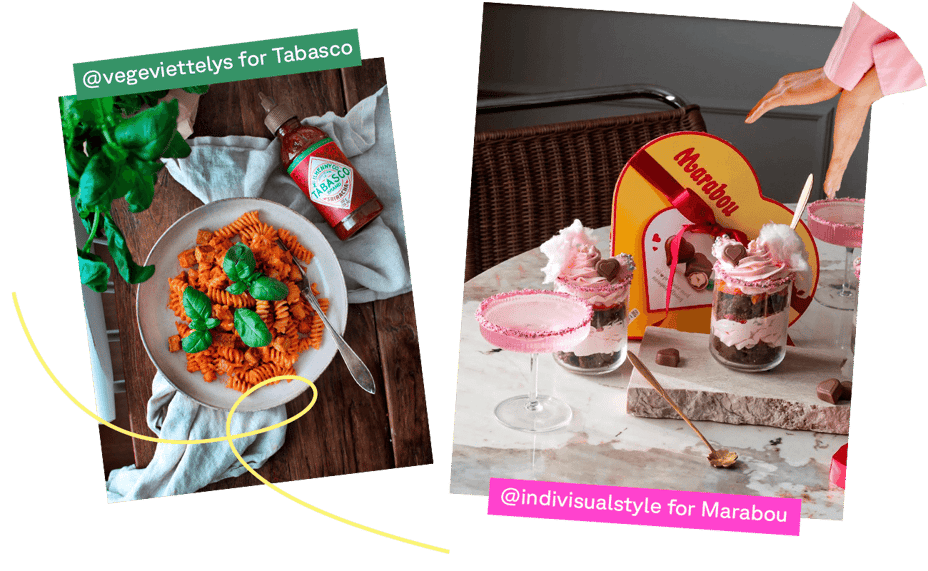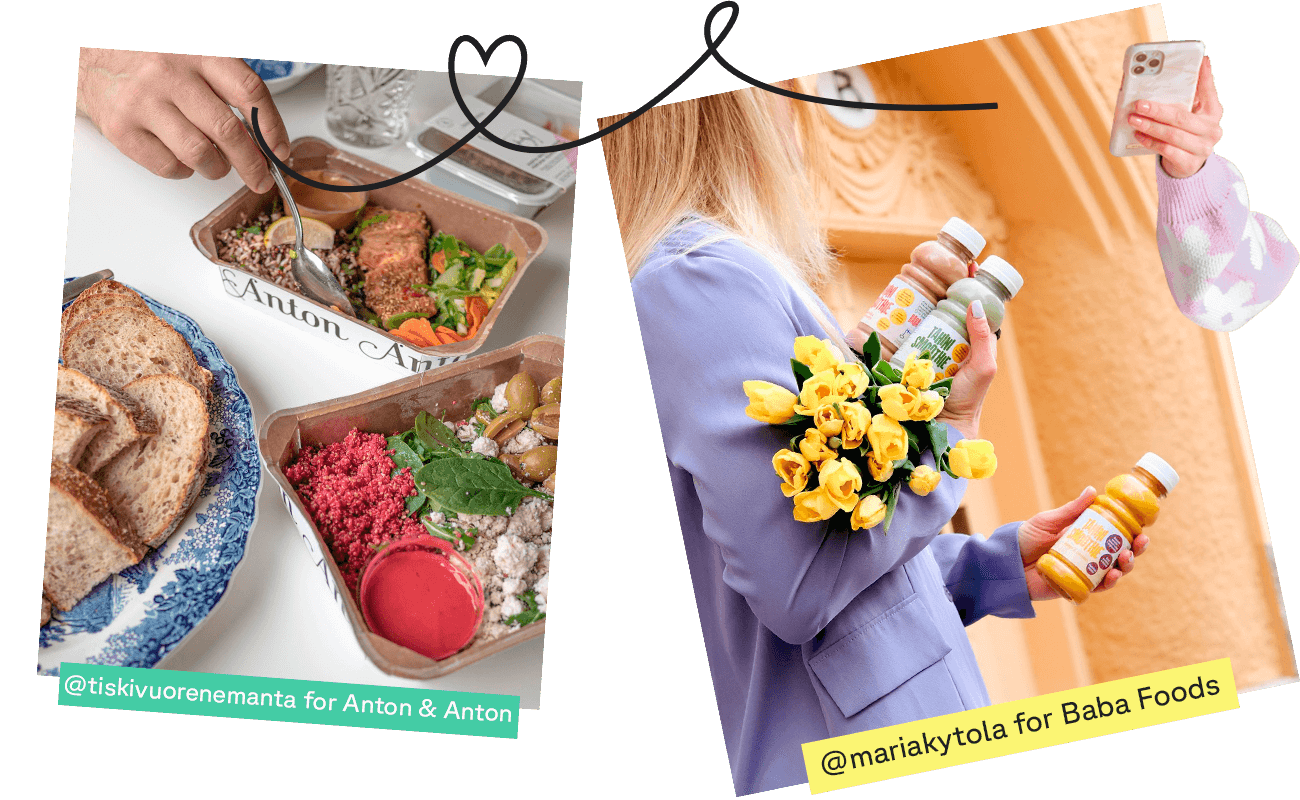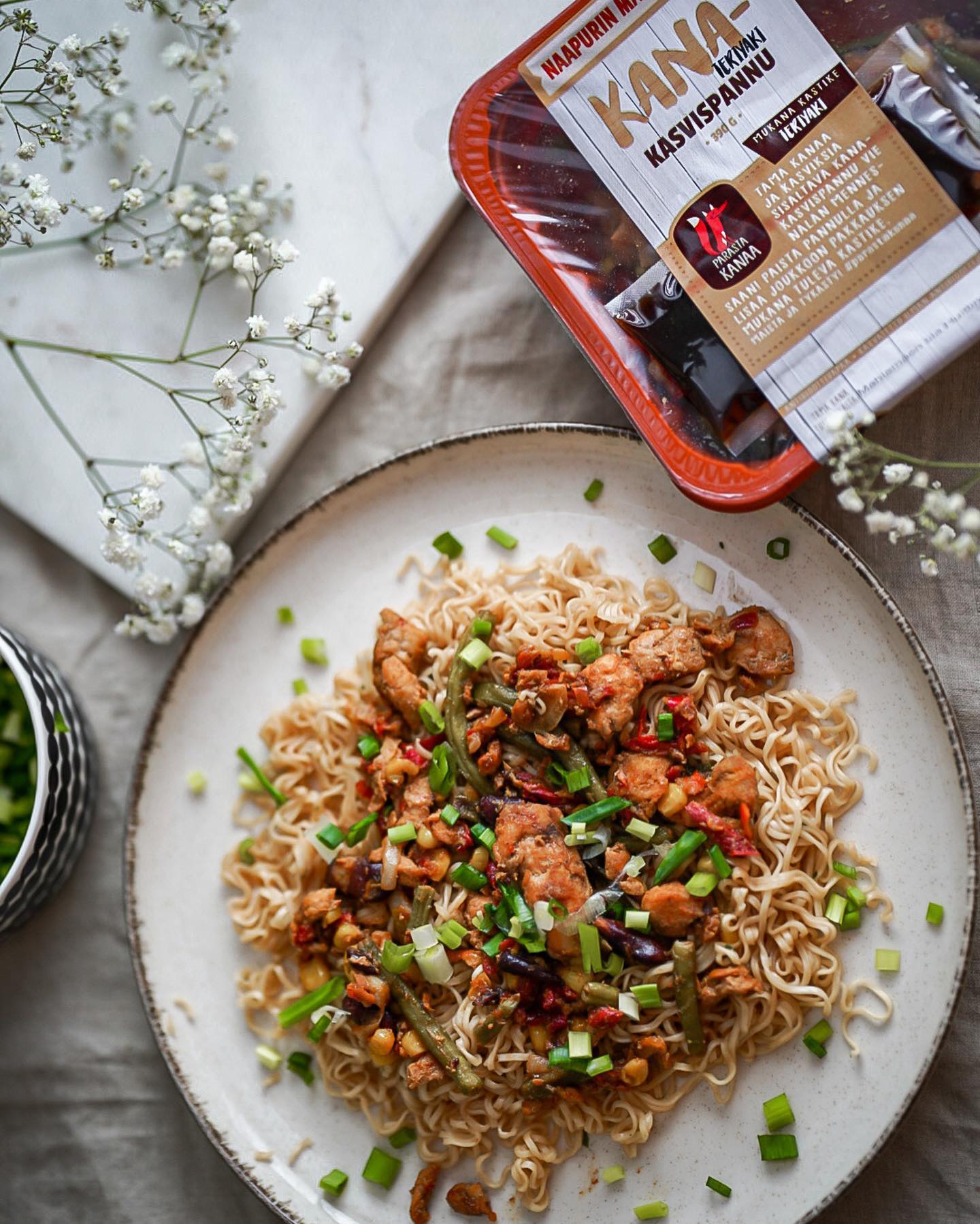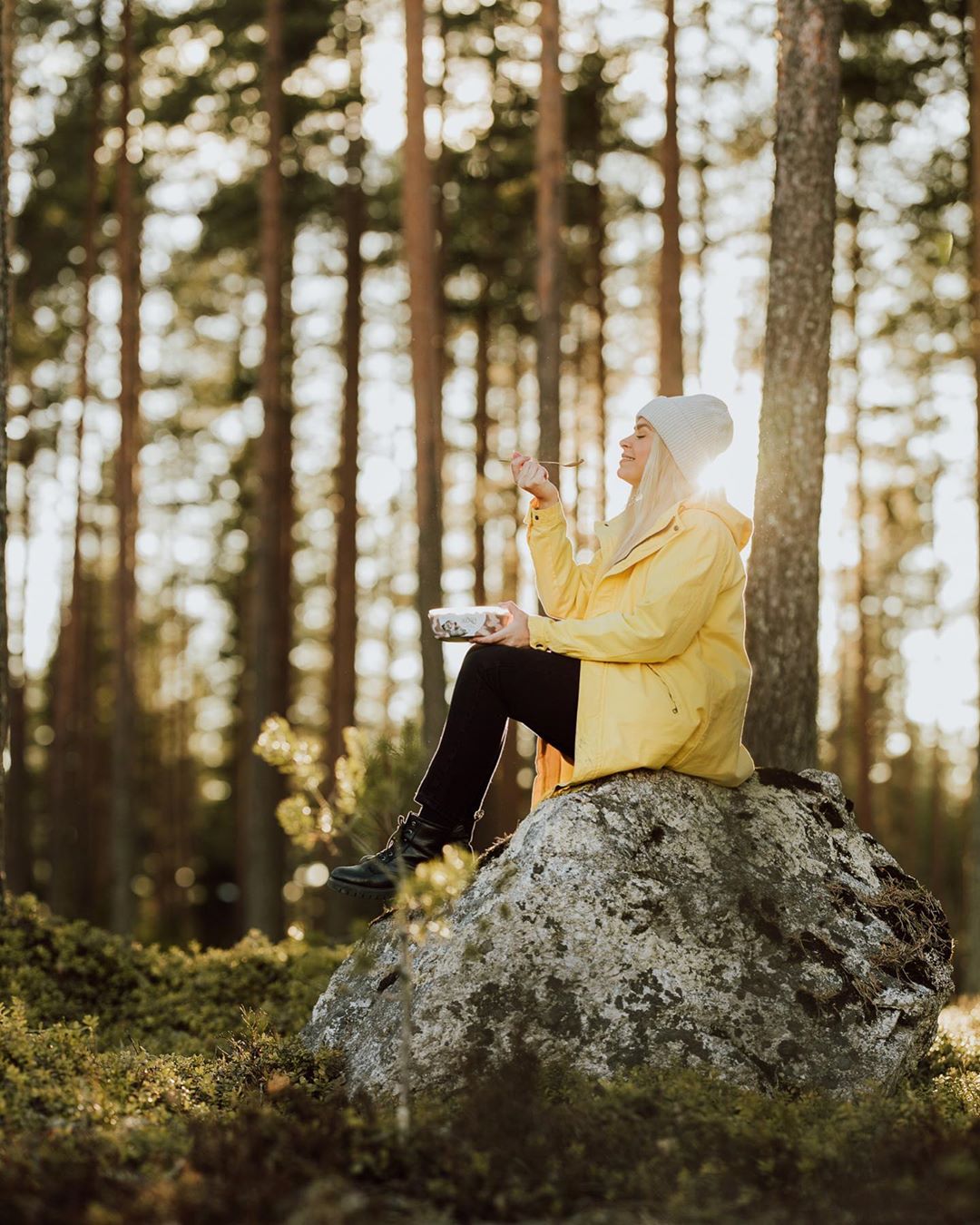There’s always one constant stocked in the marketing aisle - change.
New channels, tactics and experimentation are a key part of how we marketers work today, and one of the growing trends in recent years has been collaborating with social media content creators for both influencer marketing and user-generated content (UGC) creation.
Many food and beverage brands have jumped on this bandwagon, which is not surprising as influencer marketing and UGC are particularly well suited to food and beverage marketing. They’re perfect for building brand loyalty, reaching new customer segments, showing off your new products, and giving ideas on how to use and consume your products.
Let’s explore some of the many ways the creator economy is radically changing how food and beverage brands do marketing!
What is creator marketing?
In case you aren’t familiar with creator marketing, I’ll sum it up here. Creator marketing is using creators, like vloggers, influencers, social media personalities, etc., in your marketing mix to drive results for your brand. Creator marketing can take many different forms, like…
- An influencer campaign to promote your new product launch
- Sending products to vloggers and asking them to rate which ones are best
- Sourcing social media content like recipes or product use videos from UGC creators
You know about influencer marketing I'll bet, but creator marketing expands on that. It's more than asking a creator to promote your product - it's about considering creators as a key part of your marketing mix, from promotion, to relationship building, to content creation, and so much more.

So how can you use creator marketing?
Battle of the brands
It's a tough life in the grocery aisle. Your products are locked in a fierce battle with your competitors, every single day. Low prices and near infinite choice make building brand loyalty a difficult task. Sometimes you're the impulse buy, sometimes you aren't.
However, there are ways to eke out wins in the grocery store, and one of those tactics is influencer marketing. It's risen in popularity over the years, and is an extremely effective method to increase your brand awareness and market share.
Influencers are your ticket to building loyalty with consumers and ensure your product flies off the shelves. They can either show off a new product to your audience (more on that later), remind consumers of your existing products, or even show off new ways to enjoy products. And having your new products sell out completely after a successful influencer campaign is more common than you think!
So if you want to start with influencer marketing, here are some tips.
Find influencers who are the best brand fit. Both you and the influencer benefit when your values align - the influencer remains credible with their audience, and they'll find a deeper connection with your product because of it.
For example, if you sell workout recovery products, then the best influencers for you would be those who have fitness as a true passion. Baba Foods released a new line of healthy smoothies, and chose influencers who promoted wellness and health - you can read the results of their campaign here.
Use a diverse range of influencers. Each influencer has their own niche, and this allows you to target specific niches via those influencers. You can target different segments of your desired market, while ensuring that your message is tailored and not over-saturated.
As well, you can use influencers to break into new channels, like YouTube or TikTok. If you've been wondering whether a certain social media platform is right for you, using creators as a test is an easy and simple way to test how effective they are for your brand.
Prepare a solid campaign brief. Failing to plan is planning to fail, after all! A great brief consists of all the information needed for influencers to succeed, without giving them too many constraints that stifle their creativity. We have a blog post that covers how to brief influencers effectively - read it here.
New product launches
Innovate or perish has been the motto for centuries, and it's certainly no different in the modern day. Experimenting and trying new products are your bread and butter, but when they're so important, it's vital that they go over well.
A lot of us as consumers are adventurous - we just can't help ourselves when we see that new smoothie or chocolate bar as we're at the checkout. We all have our favourites, but sometimes we skip it, just to taste something new.
However, without a proper launch campaign, your success is entirely at the mercy of how it was presented in the store. Consumers will be much more likely to add your product to their shopping basket if they've already heard or seen something about it beforehand.
Creators can help you make the most of your product launches by creating reviews, promotions, or even unboxing content around the product to build hype and awareness with their audience. When you combine the product launch with the above brand-building content, creators are the best option you have to stand out and keep customers choosing your product for their shopping cart, every time.
You know that launching a new product requires:
- A deep understanding of the target audience. This is the basis for any successful product launch, as it dictates all of the following pillars.
- A creative approach. Here is where creators can help create content that convinces consumers to take the plunge and try your product.
- A strategic distribution plan. When you know your audience, you also know the best channels to reach them. And often a unified, consistent posting approach will give you the best results.
So what sort of content can you try?
Unboxing videos. If it suits your product, getting creators to showcase the entire unboxing process is a tried and true process for gaining interest.
Use-case content. Show your product in use so consumers can see how it fits into their own daily lifestyle. For example, creators love to show how smoothies fit into their post-workout, which also allows them to show their workout routine.
How can you get this sort of content? Well, in Boksi, brands often mention how they want the product shown in their brief, like at a picnic with friends, on a boat trip or car ride, or at home in a cozy setting. This helps creators understand what to create, and brands get exactly what they want.
For example, Seeberger needed photos and videos that showed how their healthy snacks fit into the daily lives of those who used it, but it was a challenge to create that content in-house. So, they decided to scale their production by working with creators directly. Read how they managed their process here.
Review content. Ask your creators to review your new product, or even compare the product to existing ones on the shelves. This has an added bonus of introducing more products to more consumers!
Recipe content. Cooking is a passion for many of us, and we’re always on the hunt for new recipes. Providing new products and asking creators to try them in recipes is a great way to show off your new product!
Break into new markets and channels
Getting into a new market can be tough, but luckily, working with a new social media channel is easier. This opens you up to a new group of people who may not have heard of you, and allows you to put a new spin on your brand image.
After all, each social media channel demands its own unique touch on content. What works on TikTok won’t work on Instagram, which won’t work on YouTube, which won’t work on… well, you get it.
So what should you consider for each channel?
TikTok. TikTok thrives on casual, unpolished video content that entertains, educates, or inspires. The main audience is fairly young, but that’s not to say that targeting 50+ age groups won’t succeed.
Instagram. High-quality photo content is still champion here, but you can also create ephemeral Stories content, video content for Reels, or other content that showcases what your brand stands for. The average age is older than TikTok, but it’s still an immensely popular platform, and key for creators across the globe.
YouTube. YouTube is perfect for longer videos, like in-depth recipe videos, unboxings, reviews, and the like. Here creators can really dive deep into the products due to the lack of time constraints, when you compare YouTube to other channels.

Making marketing cost-effective
Content needs are growing across the board, especially for food and beverage brands. However, with new channels popping up, growing content needs, and new trends, it’s a tall order for swamped marketing teams.
Luckily, creators can act as loyal freelancers and create high-quality content that moves the needle, without stretching your budget.
For example, you can save time and money by repurposing influencer content, and by using creators to create content for you. This takes the pressure of content creation off your team, and frees them up to work on other tasks.
So where can you use influencer and creator content?
Social media. This probably goes without saying, but we’re going to say it anyway. After agreeing on the content rights with the influencer, you can use creator-made content for your own social media channels, whether for branded content, resharing or reposting, or repurposing influencer content for social advertising.
Print advertising. You can request custom-made content from creators that’s perfect for print advertising to use as POS marketing materials, for example.
Website and eCommerce. Wherever you have your point of sale, you can provide content there to convince people to purchase. These could be review videos, use-case content, or anything else you can think of.
Honestly, this list could go on. Wherever you need content, creators are there to help!
Going viral
Finally, creators are the perfect pair to help your brand go viral. Why? Well, they live and breathe social media, and a good creator is constantly on top of the latest trends, sometimes even before they happen.
So when you combine your brand with the savvy skills of these social media creators, those are the ingredients for some winning results.
Going viral is no easy feat. However, there are some tricks to keep in mind.
Partner with the right creators. You don’t want to go viral for the wrong reasons - working with creators who are a good match will make sure that the resonance is of the right tune. Make sure their values align with yours, and make sure their audience is who you want buying your product.
Give the creators space to be authentic. Viral content is often honest, real, and authentic. Creators know what they're doing, and the best results come when you give them the information they need, but the space to be themselves.
Choose the right channel for the job. What's viral-worthy on one channel may not necessarily be worthy on the other. It's better to think channel-first when creating your content, as they all have their own unique aspects and trends to consider.
Get your fill of creator marketing
These are just a few examples of how the creator economy can help food and beverage brands compete in a stuffed market.
Food and beverages is one of the most popular influencer niches, mostly because… well, we all gotta eat! And we’re always on the hunt to improve our cooking skills, turn a familiar dish into a new one, or make the most on a tight budget. That's most likely why food & beverage campaigns and projects are always super popular on Boksi.
So using creators to promote your product or create content for you can be the best way to stand out from other brands and get your products from the store shelves, into the shopping baskets.
Many modern brands now turn to the creator economy to help them keep up with the rising demand for content. We've gathered a few amazing examples you can learn from on our case studies page - why don't you take a look?





